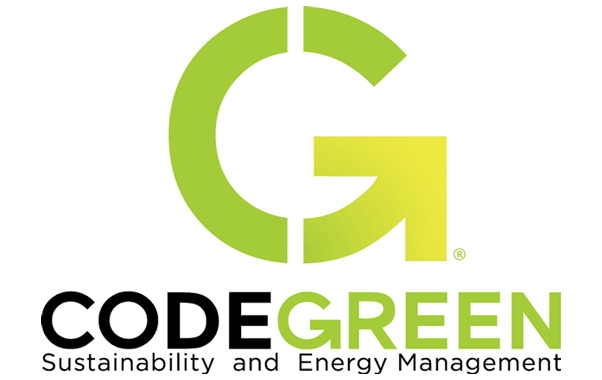Code Green Solutions

GBIG is a global innovation platform for exploring and comparing the green dimensions of the built environment. GBIG is the premier search engine for green building data, providing insights that enable better buildings and communities.
To see a list of all GBIG use types and owner sectors, click below.
This website collects and uses cookies to ensure you get the best user experience.
Please click on "Accept and Close" button to affirm your consent and continue to use our website. For more information, please view our Cookies Statement.